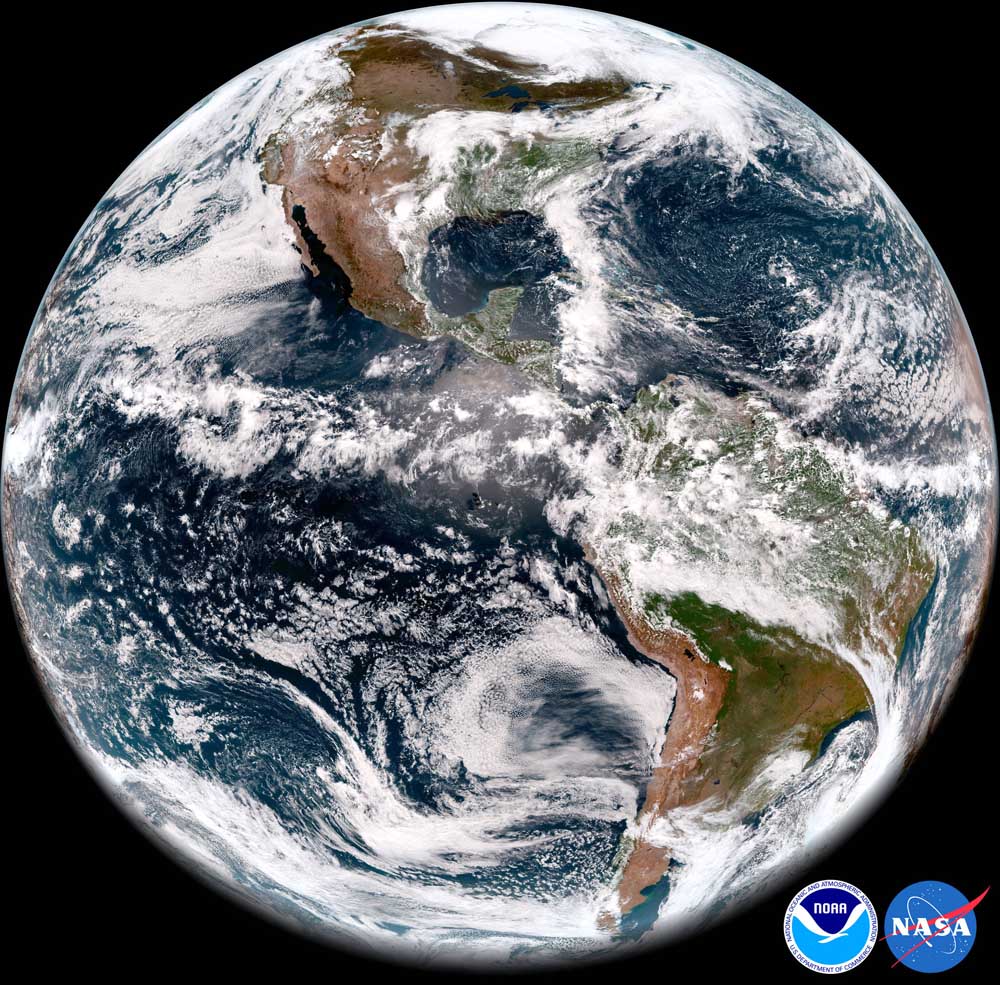Climatologists: Northwest can expect warm summer
Published 9:30 am Monday, April 22, 2019

- A La Nina weather pattern is likely to cause a cold, wet winter, a forecaster says.
The El Niño that was too late and too weak to have much influence last winter may stick around and grow stronger by next winter, according to the Climate Prediction Center.
Trending
On the other hand, it may just fade away.
A new outlook by the center forecasts above-average temperatures for May, June and July in Washington, Oregon, Idaho and Northern California.
The precipitation forecast, however, is more complicated. The odds favor a drier-than-normal spring in Western Washington and northwest Oregon. Odds are tilted toward above-normal rainfall in most of Idaho, Eastern Oregon and northeast California. Elsewhere, it’s a toss-up.
Trending
El Niño figures prominently in the forecast. Since last fall, surface temperatures in the Pacific Ocean along the equator have been higher than usual.
Not until February did the warm water link up with the atmosphere to cause a weak El Niño, which generally leads to above-average temperatures in the Northwest.
The El Niño looked puny in March, especially in Eastern Washington. Average temperatures were 6 to 12 degrees below normal, according to the Office of the Washington State Climatologist.
Looking ahead, the Climate Prediction Center projects there is a 65 percent chance the El Niño will stick around through the summer and a 50 to 55 percent chance it will persist through the fall.
Most forecasters expect the ocean to stay warm for the rest of 2019, but because spring forecasts are iffy, the consensus forecast for El Niño to endure is about 50-50, according to the center.
Some forecasting models predict ocean temperatures will increase this spring, but then gradually cool to normal. Other models are forecasting a weak or moderate El Niño for the rest of the year and some are “predicting a strong El Niño event by the beginning of winter,” according to the center.
There is “little possibility” of a La Niña, according to the center. La Niña, a cooling of the ocean’s surface, is associated with colder Northwest winters.
To determine what’s normal weather for a region, the prediction center looks at the average temperatures and precipitation between 1981 and 2010.









